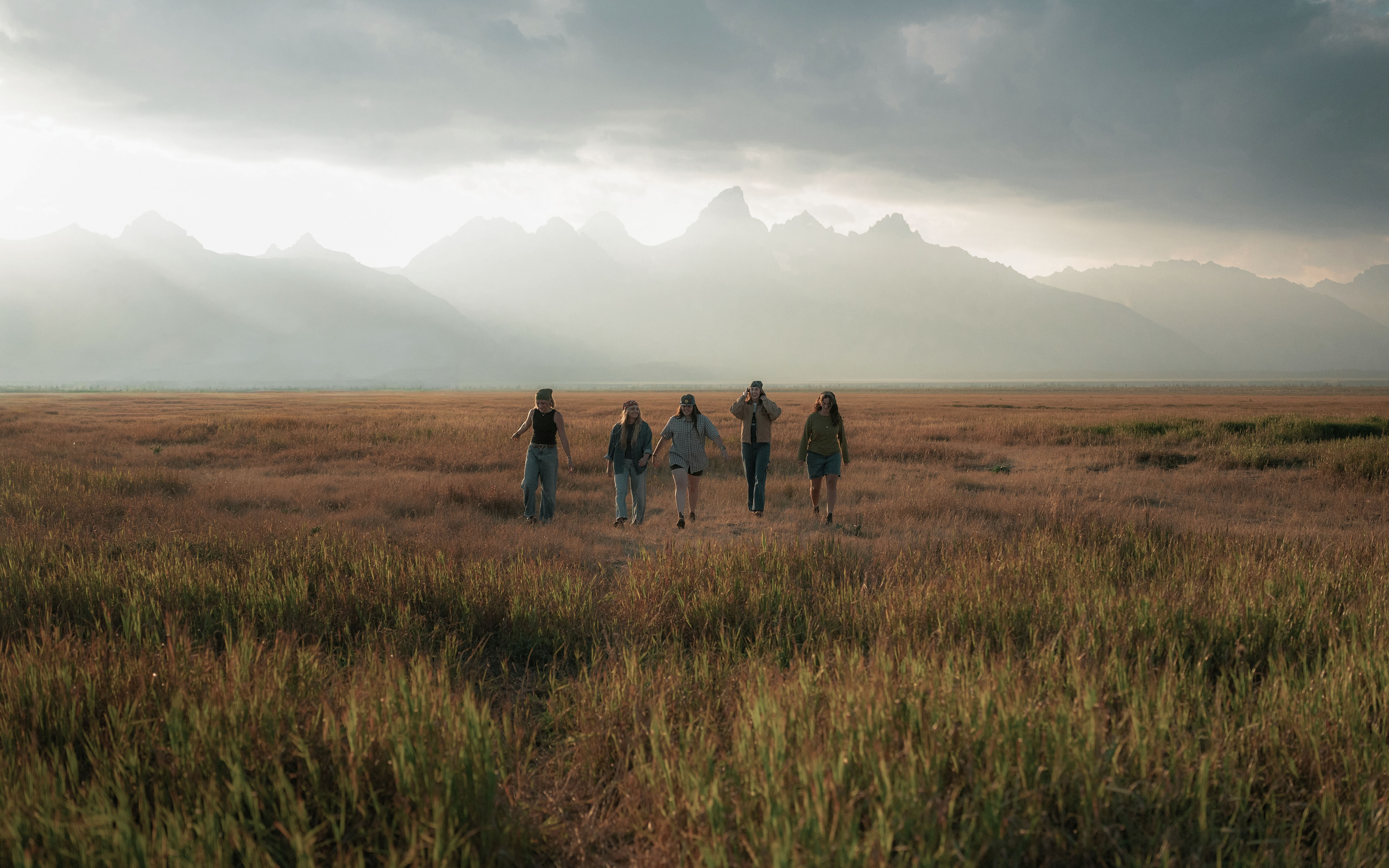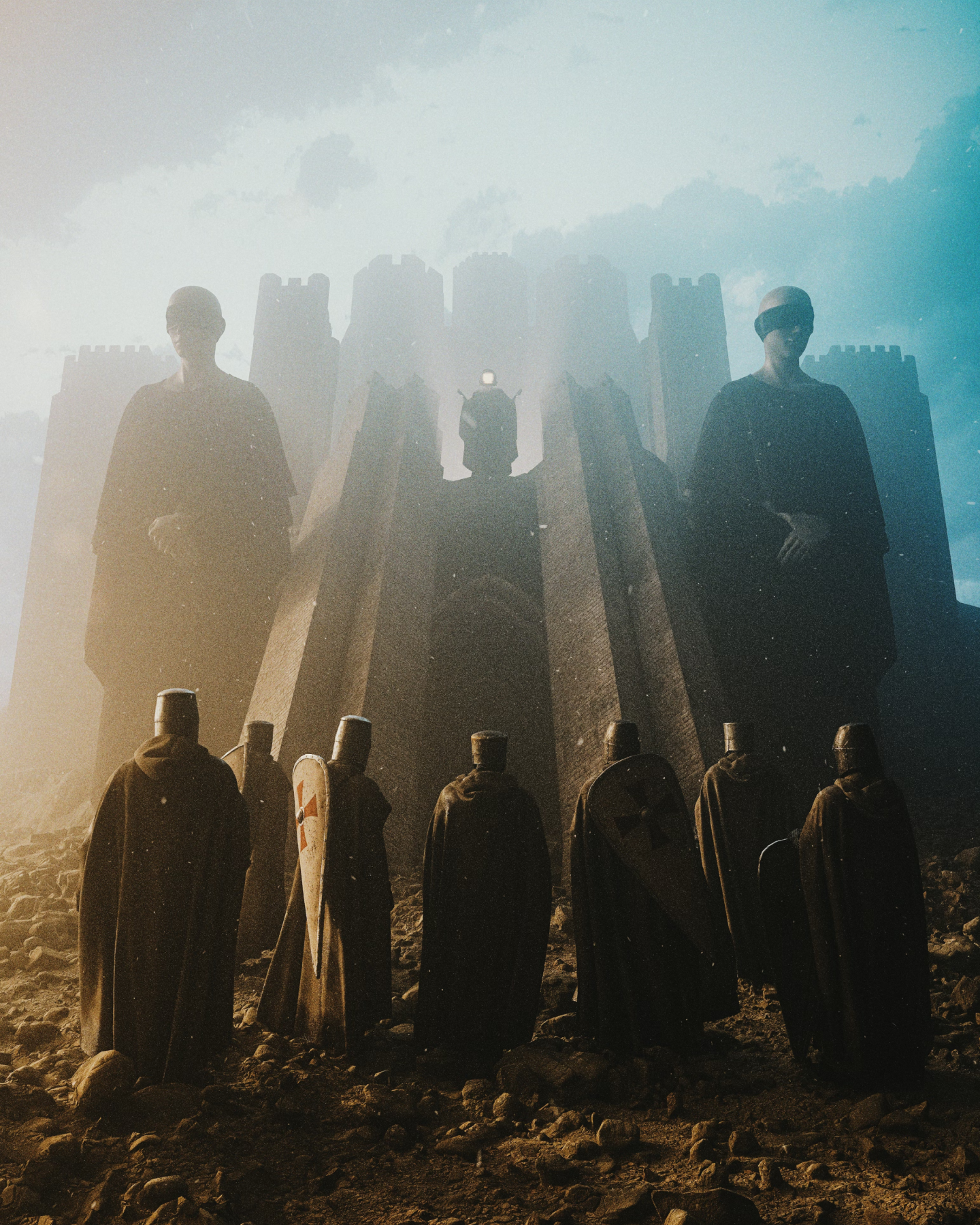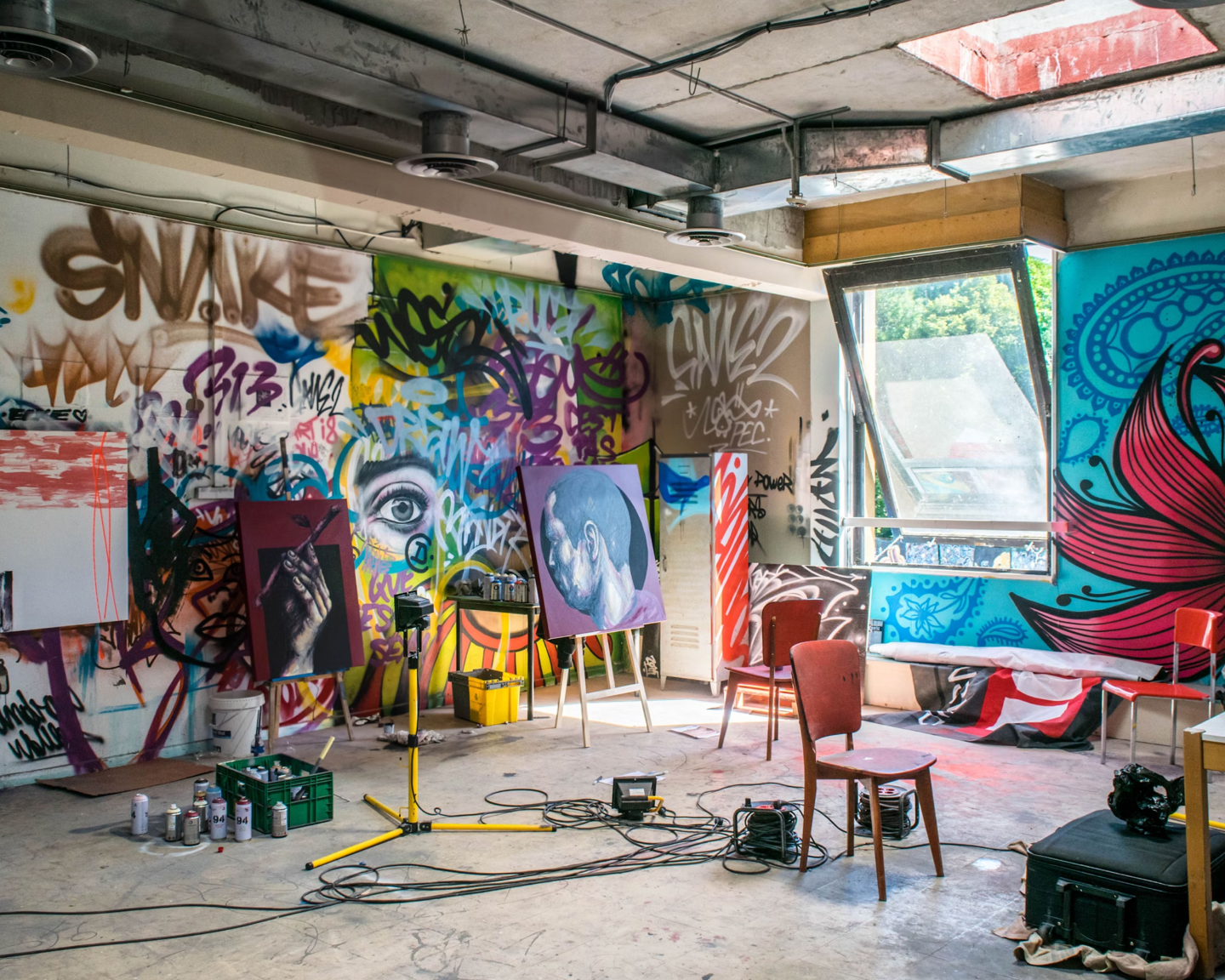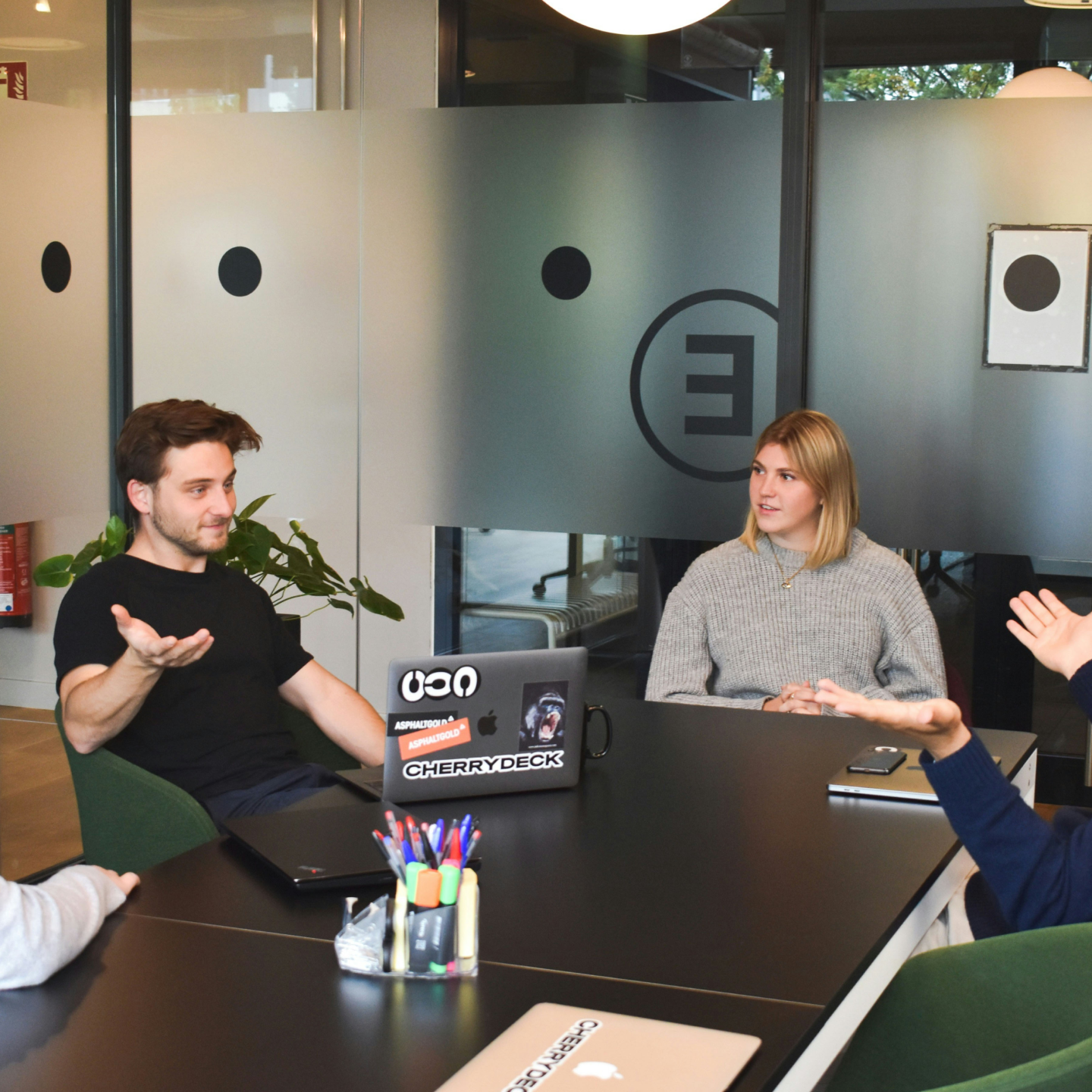In our field, inspiration is everywhere — but only if you know how to see it. We believe that great design starts not in the studio, but out in the world: observing how people move, how they make choices, how they respond to signs, sounds, and spatial cues. Design, at its core, is about behavior — and the best way to understand behavior is to observe it.
You don’t need a usability lab or analytics dashboard to notice something powerful. Watch how someone hovers before pushing a door. See how commuters scan a busy train station display. Pay attention to how people choose apples in a market, or how they hold their phones when they walk. These moments — unfiltered, unscripted — offer clues that no user persona can replace.
What Observation Teaches Us
Observation teaches us humility. It reminds us that what we think is intuitive may not be. That clever microcopy can still confuse. That beauty doesn’t always equal usability.
It also helps us notice patterns that users themselves might never articulate. The hesitation before clicking a CTA. The glance away from a cluttered menu. The workaround that becomes habit. These behaviors reveal friction points and opportunities that data alone can’t uncover.
Inspiration in the Ordinary
Some of our favorite design ideas have come not from Dribbble or Behance — but from the way a grocery store arranges its checkout lanes, or how a mechanic labels tools in a workshop. We keep sketchbooks, not just for ideas, but for observations. Because the world is full of design — and often, the best design goes unnoticed.
Designing From the Real World
This approach grounds our work. It prevents us from designing in a bubble. Whether we’re building an app interface or a brand system, we ask: How do people actually behave? What context will they encounter this in? What mental models already exist?
Observation keeps us honest. It reminds us that we design for humans, not for portfolios.





